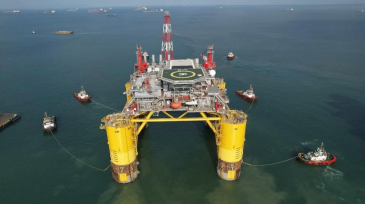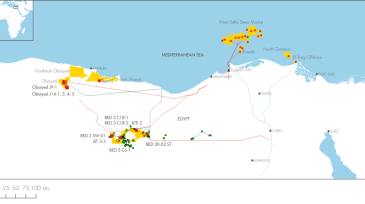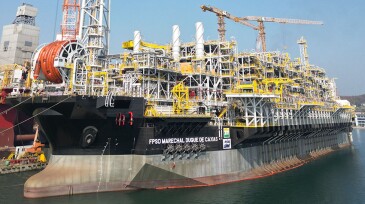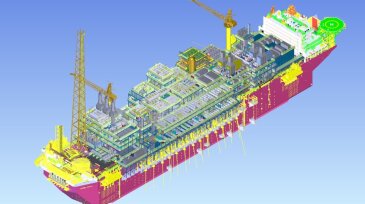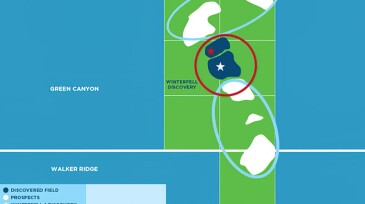Offshore/subsea systems
In lifting force majeure, TotalEnergies says it will restart construction on its Mozambique LNG project as soon as the government agrees to a revised budget and schedule which targets shipping first product in 2029.
Thailand’s PTTEP is partnering with subsea joint venture SLB OneSubsea to expand capacity across two fields offshore Malaysia.
Updates about global exploration and production activities and developments.
-
The largest project to date will add a capacity of 250,000 B/D starting in 2025.
-
The EPCI contract scope includes 20K-psi-rated subsea tree systems.
-
The recipients and technological advances will be honored at a ceremony in Kuala Lumpur later this month.
-
The award to Norway’s Longitude Engineering covers deepsea design and engineering services for Phase 10 of Egypt’s West Delta Deep Marine Concession.
-
The Libra Consortium, led by Brazil’s Petrobras, has developed a method of separating carbon dioxide from reservoir fluids at the seafloor rather than the FPSO topsides.
-
The contractor was tapped by Offshore Frontier Solutions to provide electrical systems and associated digital solutions for ExxonMobil’s fifth FPSO in the region.
-
Heavy-lift and installation specialists will pre-install a mooring spread for upcoming Stabroek block FPSO.
-
The 100 million BOE-plus find will be tied back to the Heidelberg spar.
-
One is on Earth, and one is not. But the knowledge transfer between the oil patch and off-world has fueled meaningful technological advances for all involved.
-
The contracts awarded by ExxonMobil and Equinor are for work offshore Guyana and Brazil.





